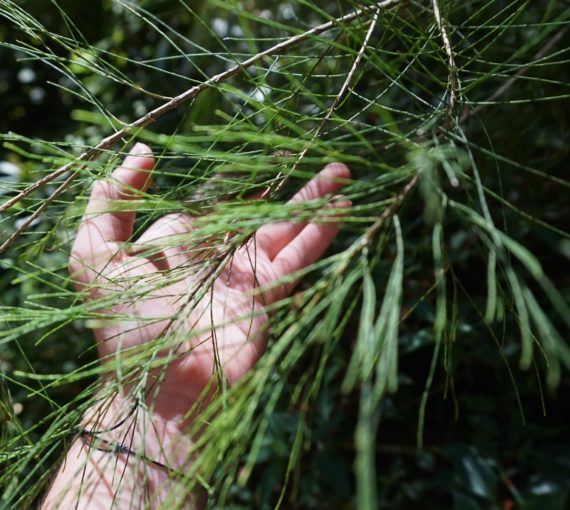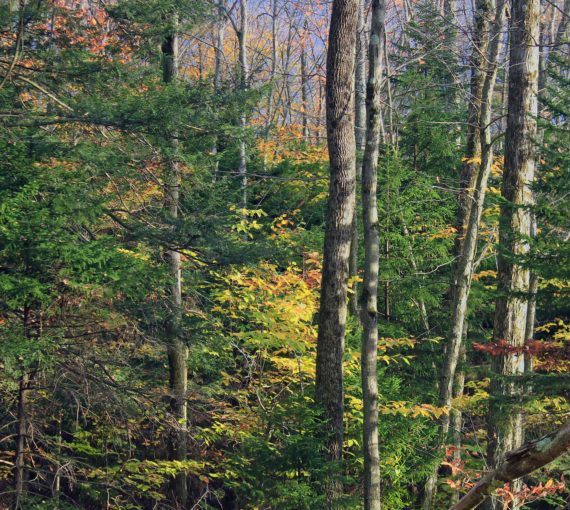Ontario’s Forest Sector Strategy far from sustainable
As Ontarians have been consumed with the COVID pandemic, the provincial government has stealthily moved forward with an environmental-deregulation agenda, furthered in recent weeks by the release of what it has dubbed Ontario’s Sustainable Growth Forest Sector Strategy.
Logging can be sustainable if industry and government set limits to ensure sufficient room is left for wildlife species to survive. But the new forest strategy focuses instead on increasing the amount of wood that can be logged, ignoring our collective responsibility to species at risk by claiming government is already doing a great job on this front — an assertion made despite the ongoing decline of boreal woodland caribou, driven in part by logging roads and clearcuts.
Boreal caribou, an umbrella species, are threatened with extinction in Ontario. In 2012, the federal government directed provinces to develop plans that cap disturbance in caribou habitat. While other provinces are moving forward, Ontario has not moved to develop caribou range plans.
Doubling industrial logging would likely limit opportunities to maintain the habitat boreal caribou need to survive and recover.
Doubling industrial logging would likely limit opportunities to maintain the habitat boreal caribou need to survive and recover. This didn’t have to be the case; that industry hasn’t been logging all the wood allocated to it for a decade illustrates there is room for both logging and caribou habitat.
Further, more wood harvested doesn’t necessarily mean more jobs. Global market forces and increasing mechanization are the main factors in the recent forestry sector decline.
Logging that’s actually sustainable — that is, say, certified by the Forest Stewardship Certification program, which includes new caribou habitat criteria — can be rewarded in the green marketplace, as many buyers have committed to prioritizing the purchase of FSC-certified products. Truly sustainable logging can also increase certainty for industry and the province by avoiding potential lawsuits and markets campaigns.
The strategy projects a 25 per cent increase in packaging and 35 per cent increase in tissue production at a time when many consumers are looking to reduce single-use, disposable items. A recent poll in Britain showed, “Half the population wants to purchase less unnecessary packaging,” and many folks are realizing that they might not, in fact, want toilet paper and tissue that comes from forests that caribou depend on for survival.
The forest industry touts the fact that forest pulp can also be found in gum, ice cream, nail polish and other products. Is this what consumers really want: tree pulp in our ice cream?
The forest industry touts the fact that forest pulp can also be found in gum, ice cream, nail polish and other products. Is this what consumers really want: tree pulp in our ice cream? Especially when there are insufficient policies to ensure that the trees that end up in our bellies aren’t the very trees wildlife need to survive?
The further habitat degradation that could result from implementation of the strategy is compounded by other recent acts of deregulation by the province — gutting the Endangered Species Act and the passage of omnibus Bill 197, disingenuously called the C0VID-19 Recovery Act, which deregulates measures under the Environmental Assessment Act.
A number of First Nations have spoken out against Bill 197 and demanded that it be repealed. First Nations are also speaking out against the Forest Sector Strategy.
We hope our collective voices can be heard amid school doors opening and the fluctuation of provincial COVID numbers. Ontario requires a green recovery on all fronts, as the environment that supports every living thing will be needed long after we have emerged from the pandemic.
Our Work
Always grounded in sound evidence, the David Suzuki Foundation empowers people to take action in their communities on the environmental challenges we collectively face.




